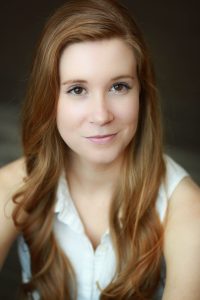Ngũgĩ
It struck me how the freedom provided to Ngũgĩ in college, in contrast to his previous schooling, allows him to make choices about when to engage with certain materials. On one occasion, Ngũgĩ decides to drop his religious studies class after finding out that it was merely a study of Christianity in which the professor was hostile to deviating opinions or ideas. Choosing not to participate in classes he deemed unproductive was not something he could do a Alliance High School, so this is a brand new experience of academic independence for him. He writes, “That was my first exercise of my academic and religious freedom, and it felt good” (33). It is encounters like this that inspire Ngũgĩ to write a novel as an undergraduate and hold separate reading groups for students outside of English Literature classes so they may speak freely about the texts and criticise them openly. So, I find it incredibly notable how Ngugi and some of his peers were utilizing the critical thinking and advanced writing skills they received from missionary and government schools to develop their anticolonial ideologies.
Ngũgĩ would go on to use these thoughts and conversations to inform his future writing and grow into one of the most prominent African anticolonial writers. I wonder how Ngũgĩ’s activism would be different if he had received less education or different forms of it. I think one of the reasons he was able to remain so critical of the Ugandan college education was his trips back home to Kenya where his family and community were being displaced by colonial rule. While traveling back and forth between Uganda and Kenya, he could get an accurate image of the effects of colonization. Unlike some others, he did not distance himself from the reality of colonial rule, but rather paired his awareness of it with the tools he was receiving at school in order to become a powerful anticolonial intellectual figure.
Works Cited
Thiong’o, Ngũgĩ wa. Birth of a Dream Weaver: A Writer’s Awakening. The New Press, 2016.
